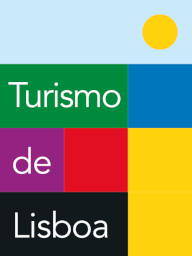Saramago Route
In 1998, he was awarded Nobel Prize in Literature.
Characters from de novel "Baltasar e Blimunda"
Padre Bartolomeu de Gusmão
Gifted with a scientific mind, he is detached from the religious fanaticism of his age. He nurtures the dream of building a flying machine, from which comes his nickname the “Flying Man”.
At the start, he enjoys royal protection for his daring project, but is later left dependent on the help of his loyal friends Baltasar and Blimunda.
He manages to fly up to the heavens, but is eventually persecuted by the Inquisition, accused of witchcraft. He flees to Spain where he eventually dies. Unlike the other characters in the book, Bartolomeu de Gusmão actually existed in real life.
Domenico Scarlatti
Held the position of chapel master and teacher to the Royal Household from 1720 to 1729.
Though hired by the king, he is enough of a free spirit to secretly aid the flying passarola project and on one occasion even manages to cure Blimunda through his music, becoming her friend.
Like Bartolomeu de Gusmão, this character, though fictionalised in “Baltasar and Blimunda”, existed in real life.
The Common People
The weakest link, consisting of the poor exposed to the harshest trials and tribulations. Sometimes it is the source of surprising figures, brave and resilient souls who are driven by the purest sentiments of genuine love and friendship. This is the case with Blimunda and Baltasar, examples of the noblest spirit human nature has to offer.
The Clergy
José Saramago is implacable in his attitude towards the Catholic Church, a target he takes aim at in several of his books.
In “Baltasar and Blimunda”, whose action takes place at the height of the Inquisition, the trail of immorality left by the powerful is clearly visible. The picture painted of the clergy is one of truly overwhelming cruelty and hypocrisy and the concentration of power.
